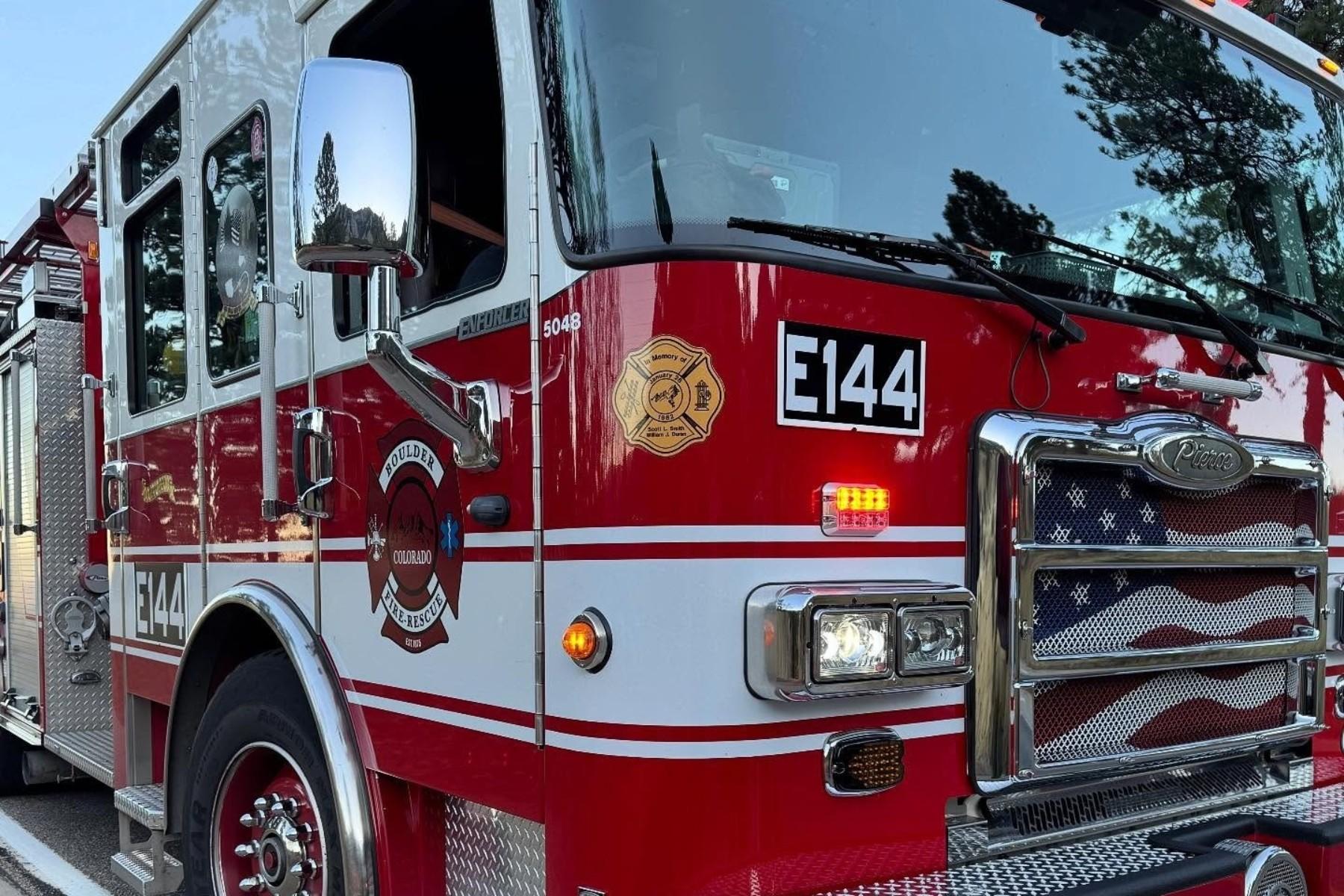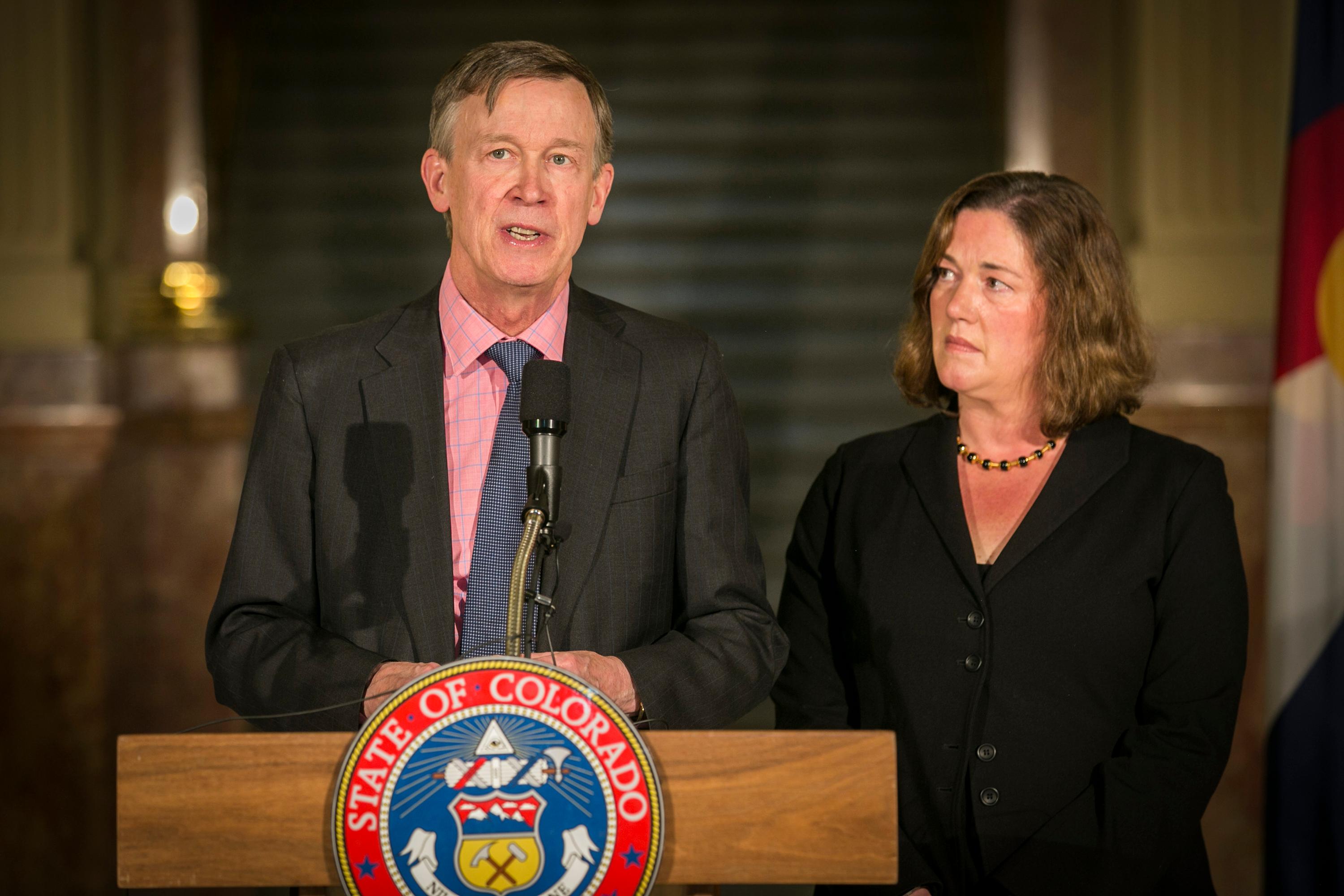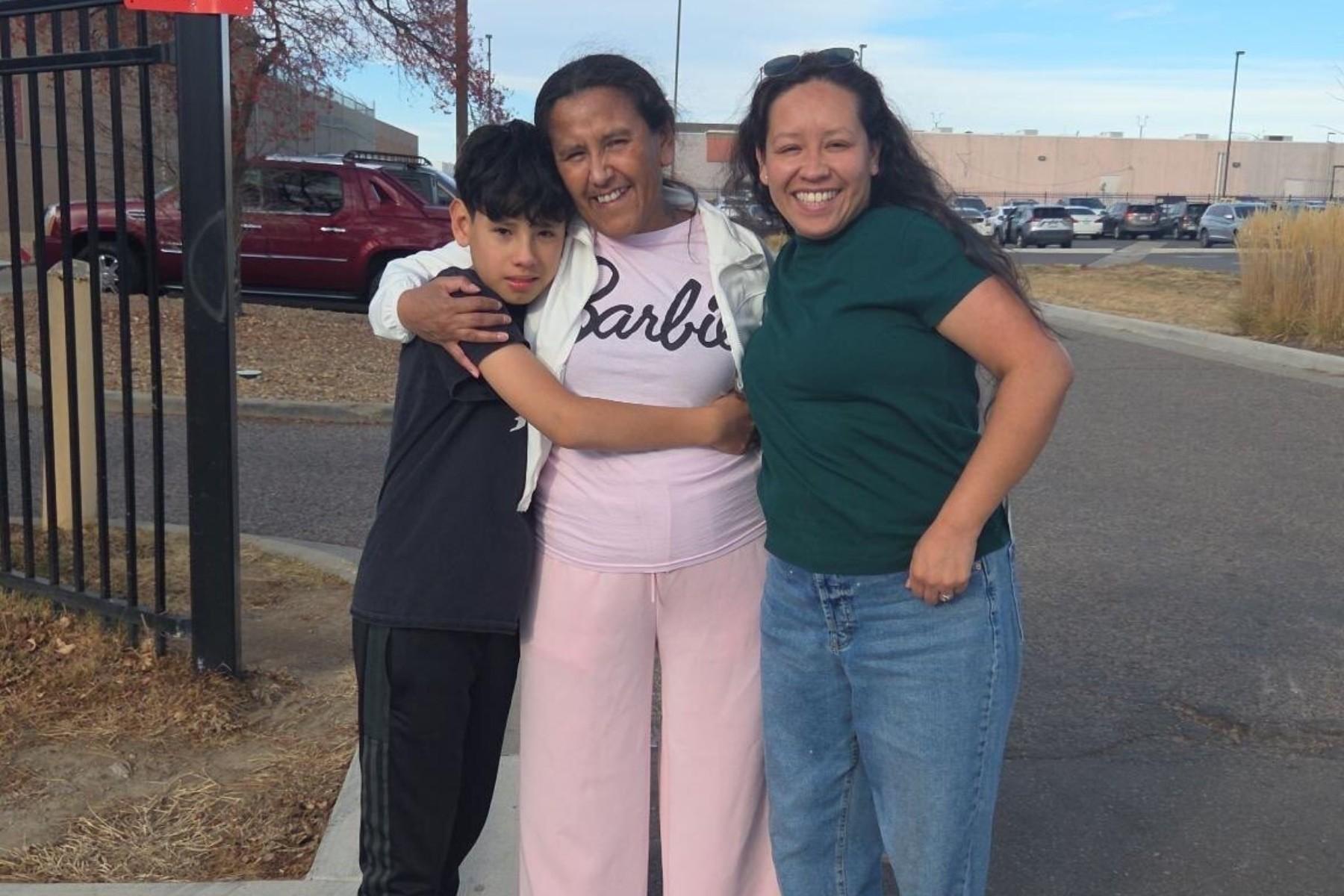
The average U.S. fire season is 78 days longer than it was 40 years ago and now Colorado has seen wildfires year-round.
There are lots of different ways to fight the flames — bulldozers, trucks with hoses, helicopters and air tankers — but sometimes the best tool for the job is boots on the ground in a hurry. That’s when you call in the smokejumpers.
“We try to be really low maintenance and try to get the job done,” said Chelsea Cough, a smokejumper in her third fire season. “We try to put out these tiny fires without having to call in a lot of support.”
- Low Tech Still Works: The West’s Fire Lookouts Aren’t Obsolete Yet
Cough and other smokejumpers are specially trained to parachute into remote areas with 80 pounds of gear to fight wildfires in their early stages. In her personal bag is a small tent, a toothbrush, and some food and water. She has to be self-sufficient for the first 72-hours she’s on the ground.
A smokejumper does crunches as he waits to get called to the next wildfire When that call comes, in less than 5 mins he’ll be suited up and in an airplane... which he’ll jump out of to get to the ground (and the wildfire) ASAP story later this week pic.twitter.com/vIaqpm00lE
Smokejumpers fight the flames by creating a fire line by hand. They cut down trees, clear flammable material and dig a trench to contain the spread of fire. Once the flames are out, Cough said, the team usually stays overnight to keep an eye on the situation.
“We’ll actually get down on hands and knees and kind of climb through the dirt, just to feel around and make sure that fire is not getting down into the root system,” she said. “Because that can happen often. And then they’ll rekindle, especially with winds that we’re getting down here that can push fires and just reignite.”

Cough and her team were brought in from Montana and stationed in Grand Junction, Colorado as extra support for the region’s busy fire season. If a fire is too hard to control from the ground, smokejumpers can call in reinforcements like extra firefighters or air tankers. The jumpers are dropped by separate, slower flying planes than either the single engine or larger tankers that deliver dramatic red slurry plumes over fires.
Jake Lloyd, the assistant air tanker base manager based at the Junction airport, said this fire season started a lot faster and harder than expected. Air crews started “Saturday of Memorial Day weekend and pretty much haven’t stopped since, so it’s kind of impressive right now,” he said.
Lloyd said they haven’t been this busy since 2012 — a historic fire season that killed six, caused the evacuations of more than 32,000 people and destroyed more than 648 structures.
Adam Goeden has been the air tanker base manager in Grand Junction for the the last 18 years and he said they have far fewer resources than they’ve had in the past — as planes have aged, they’ve been dropped from the fleet. Colorado lawmakers took action in 2013 to establish a state-owned firefighting air corps to add capabilities.

“When I started here we had 44 heavy air tankers in the fleet,” Goeden said. “Now we’re up to 18 to 20 when we bring on the call when needed. So, it’s definitely a smaller, heavier tanker fleet and a lot more folks fighting for the resources.”
Tankers are spread across the U.S. and working year round now, which stretches resources further. And for Chelsea Cough, that means a lot of jumping.
“I think getting into wildfire was a guarantee that I would spend the majority of my time outside,” Cough said. “Also just being able to have a big challenge.”
According to the Colorado Division of Fire Prevention and Control, it’s expected that the number of acres burned each year will at least double to around 20 million acres nationwide by the year 2050. Some areas, including Colorado, are expected to face up to a five-fold increase in acres burned if drought and weather trends continue on their current trajectory.









